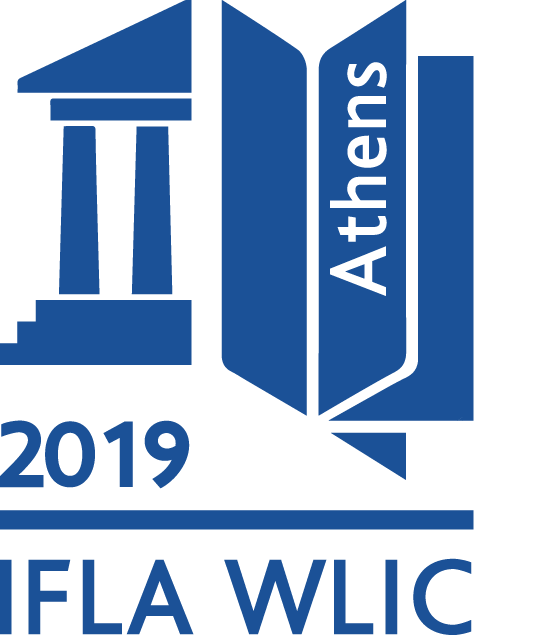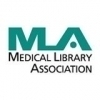“World No Tobacco Day” inspires smoking cessation efforts
World No Tobacco Day seeks to spread awareness of tobacco-related health risks and influence public policy to discourage tobacco use. The goals of World No Tobacco Day, observed on May 31, 2017, include: “to highlight the links between the use of tobacco products, tobacco control and sustainable development; [and] encourage countries to include tobacco control in their national responsibilities and 2030 sustainable development agenda.”
In the United Kingdom, the Lancashire Teaching Hospitals NHS Foundation Trust launched a smoking ban across all its hospital sites to align with World No Tobacco Day. Smoking inside buildings was banned in 2007. As of May 31, smoking is longer allowed anywhere on hospital property. The plan included the removal of smoking shelters that had been previously provided.
Gail Naylor, director of nursing and midwifery, stated: “We’ll be asking every patient about their smoking status when they come to our hospitals for treatment, so we can provide advice and support, including nicotine replacement therapy, to help them stop smoking either temporarily whilst in our care, or as the initial step on the journey to stopping smoking entirely.” Read the full story.
In India, Health Minister Brahm Mohindra launched a month-long public awareness campaign about the dangers of smoking. For the campaign, a publicity van containing posters and audio and video clips about the health risks of smoking toured all the major towns in each district of Punjab to target youth especially. Read the full story.
WHO publishes ten-year report of global public health
The World Health Organization (WHO) has launched a report detailing the progress of public health initiatives globally. The scope of the report covers the trends, challenges, and lessons learned over the ten years in which Margaret Chan served as director-general of WHO. Topics include the Ebola outbreak in West Africa, the obesity epidemic, and health issues such as heart attacks, stroke, cancer, diabetes, and chronic respiratory diseases. The full report will be published in a series of six parts, which began in April 2017.
Beyond books: using visuals to teach the history of medicine
At a recent symposium in Jerusalem, speakers discussed the value of teaching medical students about the history of medicine. It is valuable, and perhaps necessary, to use creativity in teaching medical history. In some regards, traditional book learning is not enough. “In school, most pupils hate history because they had to memorize dates,” said Yoel Donchin, a retired professor at Hadassah University Medical Centre. “Today, we can use visuals to explain medical history and practices.”
Some institutions are doing just that, using a variety of tools and angles. At Hadassah University’s medical library, which has been renovated to promote leisure and relaxation much like a public library, medical students gather to watch episodes of the popular television series House M.D. The practice allows the students to unwind while learning from the fictional medical cases. The university also offers a course in which students analyze the portrayal of medicine in movies, which show a range of right and wrong medical practices throughout history.
Despite the trend of digitization, collections of human tissue persevere. Leva Libiete, of the Latvian Museum, argues that such collections continue to provide unique learning experiences: “[O]ne can learn how epidemics spread over the centuries. We have in our collection the remains of a two-headed baby; today they are aborted. Students can see medical conditions that don’t exist today, such as rickets.”
As Professor Samuel Kottek of the Mount Sinai School of Medicine points out, “Doctors and students need a medical library to teach modesty. Each generation thinks they know everything. They need to be exposed to ideas over the ages and realize how much they don’t know.”
Launch of United Nations Digital Library
Thanks to a successful partnership between the Dag Hammarskjöld Library and the United Nations (UN) Office at Geneva Library, a new platform has been launched that makes UN publications easily accessible worldwide, free of charge.
In the United Nations Digital Library, global citizens can find both current and historical documents such as maps, voting data, and speeches in more than six languages.
The new platform will preserve official documents, centralize management of UN data, enhance transparency, and increase the impact of UN’s digital outreach through connections with search engines, databases, and web metrics.



